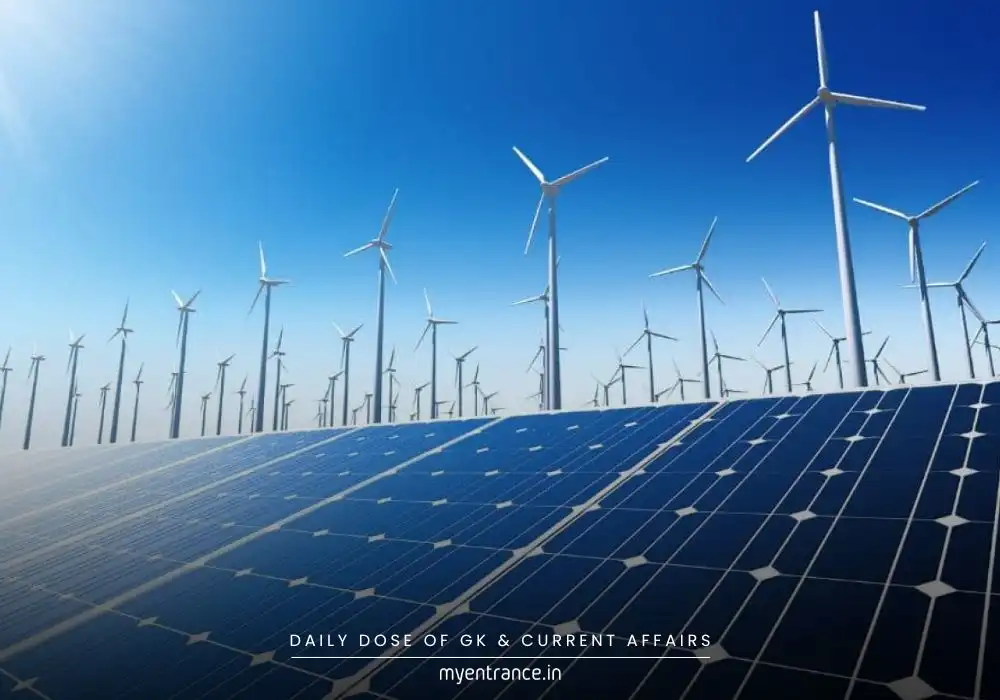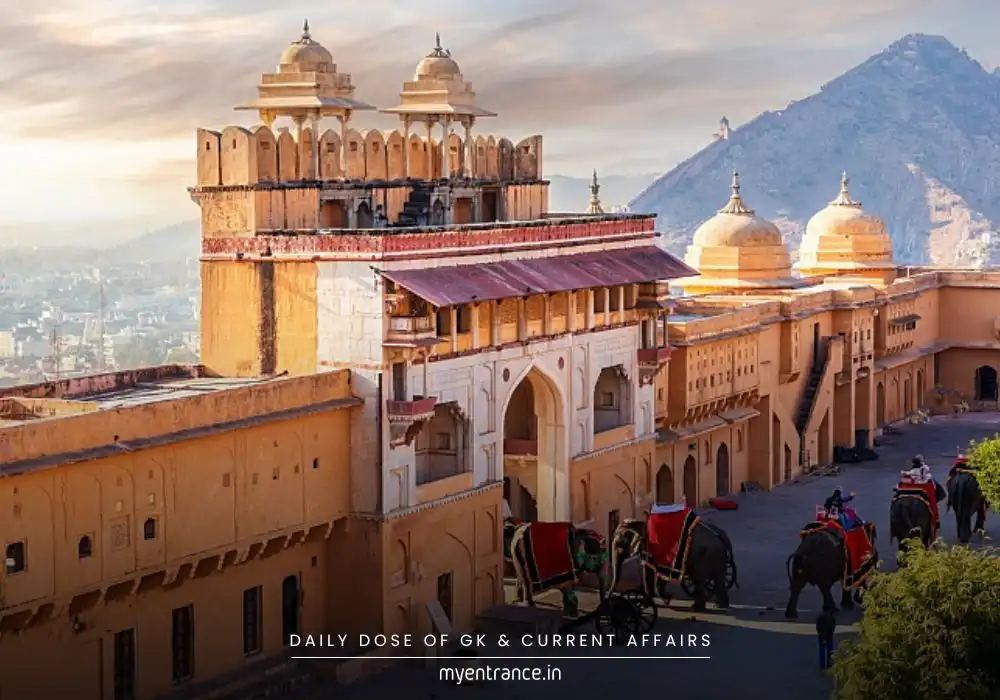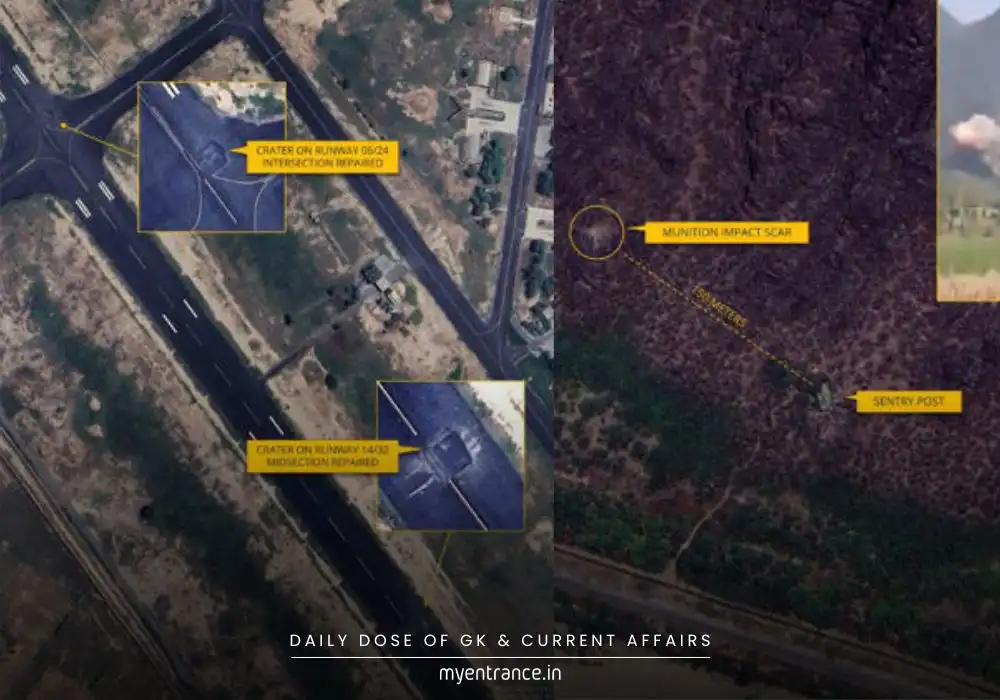Translate Language
Green Energy: India Just Achieved a Historic Climate Milestone
India’s power sector just crossed a pivotal threshold. For the first time, non-fossil sources (solar, wind, nuclear, and hydro) contribute over 50% of installed electricity capacity – a target originally set for 2030. This leap transforms both energy strategy and exam relevance.

India’s Green Energy Leap: Beyond the Headlines
India’s climate journey hit a watershed moment in June 2024. Renewable energy sources – including solar, wind, hydropower, and nuclear – now account for 50.1% of the nation’s installed electricity capacity. This smashes the original Paris Agreement target of 40% by 2030, achieved five years early.
Here’s what fueled this shift:
Solar & Wind Surge: Renewable capacity (excluding large hydro) skyrocketed to 185 GW, driven by aggressive solar and wind projects.
Hydro & Nuclear Boost: Large hydropower adds 49 GW, and nuclear contributes 9 GW.
Thermal’s Decline: Coal/gas-based power now covers just 49.9% (242 GW) – down from 70% in 2015.
But there’s a catch:
While installed green capacity crossed 50%, thermal plants still generate 70% of India’s electricity. Why? Solar and wind are intermittent – they can’t supply 24/7 power without grid upgrades and storage solutions.
Global Standing:
India ranks 4th worldwide in renewable capacity (including large hydro), trailing only China, the US, and Brazil. Yet, the Energy Transition Index (2024) places India at 63rd – highlighting the gap between capacity and real-time generation efficiency.
India’s Updated Climate Targets:
Reduce GDP emissions intensity by 45% (from 2005 levels) by 2030.
Achieve 50% non-fossil power capacity (done!) and 500 GW renewable capacity by 2030.
Net-zero emissions by 2070.
Key Government Schemes Driving Change:
PM-KUSUM: Solar pumps and plants for farmers.
PM Surya Ghar: Rooftop solar subsidies for 1 crore households.
Green Hydrogen Mission: 5M tonnes/year green hydrogen by 2030.
National Grid Upgrades: “Green Energy Corridor” for renewable integration.
Sample Q&As for Competitive Exams:
Q: What percentage of India’s power capacity comes from non-fossil sources now?
A: 50.1% (as of June 2024).
Q: Which global index tracks energy transition progress?
A: World Economic Forum’s Energy Transition Index (ETI).
Q: Name two schemes promoting solar energy in rural India.
A: PM-KUSUM and PM Surya Ghar.
Q: What is India’s rank in renewable capacity (including hydro)?
A: 4th globally.
Q: Why does thermal power still dominate electricity generation?
A: Solar/wind are intermittent; grid stability and storage solutions are still evolving.
Get 3 Months Free Access for SSC, PSC, NIFT & NID
Boost your exam prep!
Use offer code WELCOME28 to get 3 months free subscription. Start preparing today!















